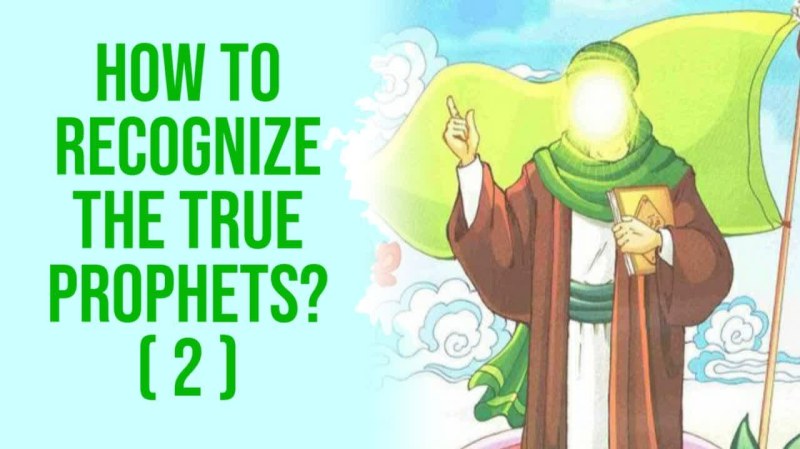- In this article, the ways of recognizing the true prophets from those who claim to be prophets are explained.

Prophethood
Criteria for recognizing true prophets from prophethood claimants - 2:
1. Miracles and superhuman works.
2. Examining the content of the Prophet's invitation, gathering evidence and signs.
Miracle and the conditions for its realization:
The term “miracle”, comes from the word " weakness" which means the beginning and the end of something. In the term, as expressed by Khwaja Nasir al-Din Tusi, it means: “miracle is the realization and implementation of something that is not a normal thing. Or the negation of something that was normal. Of course, in a miracle, an action must take place that is extraordinary. Also it must be in accordance with the Prophet’s initial claim as well).[1]
There are those who are surprised by the word "miracle". Or think that miracles belong to legends and myths. while if we think of miracles in the precise and scientific sense, such ideas are completely wrong. A miracle is not an impossible action or an effect without a cause. But a miracle in a simple interpretation is an extraordinary action that is beyond the power of ordinary people. It is possible only by relying on a supernatural force.
In this way, the miracle has the following conditions:
1. It is possible and acceptable.
2. Ordinary people and even geniuses cannot do it based on human strength.
3. The bringer of miracles must be confident enough in his work to invite others to confront him.
4. No one can present the same, as the name of the miracle shows, everyone will be powerless against it.
5. A miracle must be accompanied by the claim of prophethood or Imamate. Therefore, extraordinary deeds that are performed by other than the Prophet and Imam are not called miracles, but are called “Karamt” (an action which is like miracle, but was not issued by a prophet).[2]



